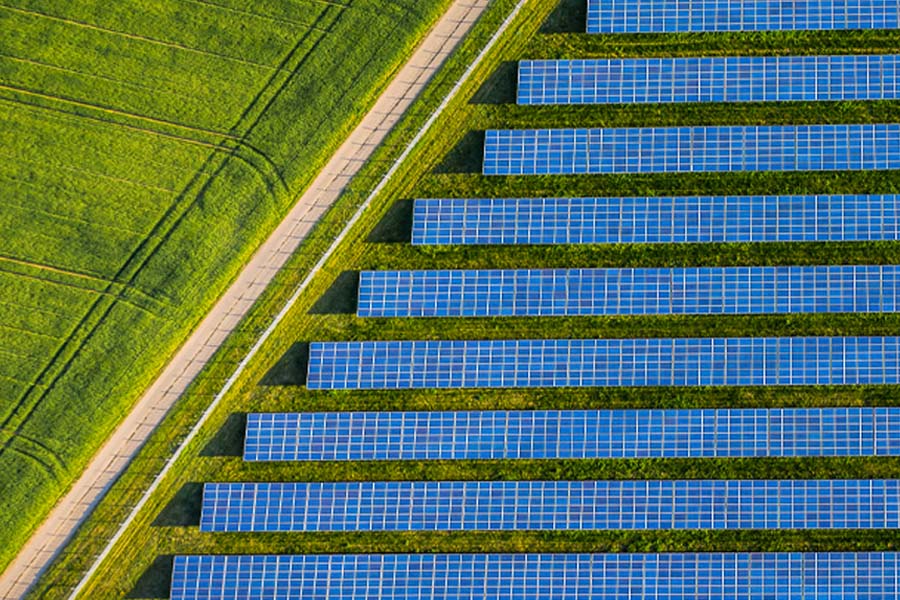The Philippines-based Prime Infrastructure Holdings is planning a large-scale solar farm and energy storage project with up to 3.5 GW of photovoltaic and up to 4.5 GWh of battery energy storage to provide electricity for the Philippines as the island nation accelerates its switch to renewable energy.
The project will be conducted by Terra Solar Philippines, a division of Terra Renewables Holdings Inc., a renewable energy subsidiary under Prime Infra’s ownership, in collaboration with Leandro Leviste-led Solar Philippines Power Project Holdings Inc.
The plant will have a large battery that can store up to 4,500 megawatt-hours of energy, outpacing the Bhadla Solar Park, the largest operational solar farm in the world, which produces 2,250 megawatts over a 5,700-hectare (14,100-acre) area in northern India.

The Philippines’ peak demand currently is at 15,000 MW, with about 45%–50% of that demand being met by coal. Approximately half of that supply, or 7,500 to 8,000 MW, is distributed by Meralco in its franchise region.
The country has recently made a strong push for renewable energy projects as part of its effort to diminish its reliance on fossil fuels and achieve its aim of reducing greenhouse gas emissions.
According to data provided by Terra Solar, the 850-MW supply will reduce the nation’s reliance on imports and carbon emissions between 2026 and 2046 by replacing an annual consumption of almost 1.4 million metric tons of coal or 930,000 liters (250,000 gallons) of oil.
The country’s electricity sector produced a meager 1,246 GWh of solar energy in 2019. With the start of projects like Terra Solar, the nation’s generation capacity should increase, given its proximity to the equator and other contributing variables.
The new solar farm is a part of the Philippines government’s plan for reaching set renewable targets in accordance with its National Renewable Energy Plan (NREP).
By 2040, the country is expected to have installed at least 34 GW of renewable energy as part of NREP’s 2020–2040 goal. To do this, the government intends to permit complete foreign ownership of the nation’s renewable energy infrastructure, luring investment.
The demand for energy has increased in Southeast Asia at one of the fastest rates in the world, averaging more than 6% yearly over the past 20 years. However, the COVID-19 pandemic’s economic effects are lowering electricity demand.
The installed capacity of renewable energy in the Asia-Pacific area will increase from 517 GW in 2020 to 815 GW by 2025, predicts Rystad Energy. This expansion will be led by solar energy, whose regional capacity will almost double from 215 GW to 382 GW in the same period.
The emphasis on renewable energy projects will see 42 million jobs worldwide by 2050. Asia is expected to create the majority of these jobs, filling openings in manufacturing, installing, running and maintenance. Half of all jobs in the renewable energy sector on this continent will be in the solar industry.











